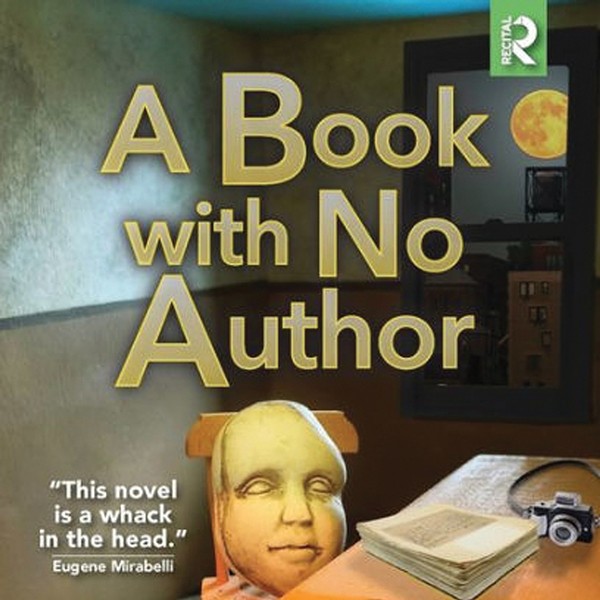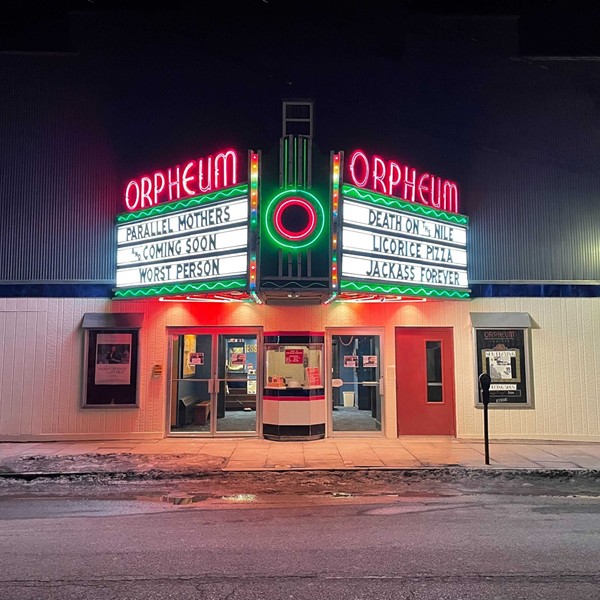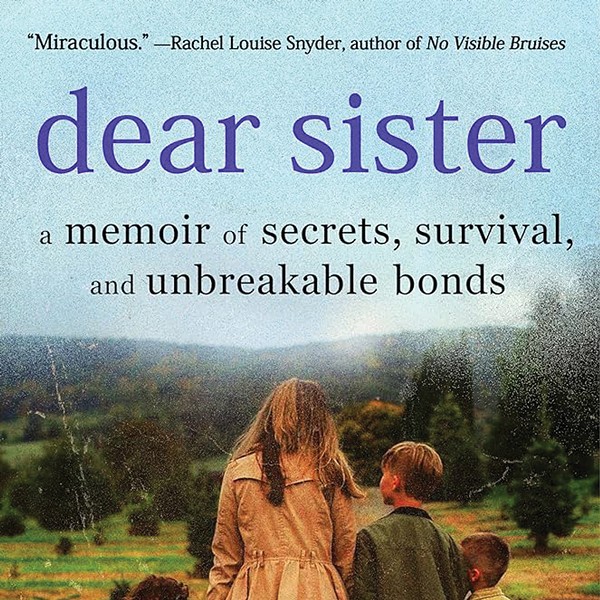How did telling the story of the crusade against comic books in America tax different skills as a journalist than writing Lush Life and Positively 4th Street?
Well, it’s a different art form. I wrestled [for] many years with the challenge of trying to do justice to one form of expression [of] music and another form of expression through writing the language. A lot of what I had learned about the imperative of trying to convey a sensory experience to the reader – the fact that you have to make it what it sounds like or what it feels like to experience the music – was useful in an abstract way. But in a more practical sense, it really wasn’t of much use at all, because music and comics have a completely different grammar and completely different aesthetics. There’s very little that carries over; music works one way structurally. So I had to learn how a whole new art form works, because comics are different from prose, and they’re different from drawings, and they’re different from movies. They’re a fourth thing; they work their own way. I really had to try to figure that out and try to do justice to it. That was one of the big reasons why I did the book: that it represented a challenge. It was an opportunity to do something that I didn’t know how to do. So there’s a kind of intellectual selfishness at work. Here’s an opportunity for me to learn something I don’t know. Something has to drive you for five or six years. I mean, I started this in earnest full-time around 2000. That’s when I finished Positively 4th Street. So I started; I made my first visits to Will Eisner [The Spirit], to Janice Valleau [romance comics artist] around then.
I have to tell you, there was someone I was trying to reach the whole time I was working on the book, who was in Woodstock. And I couldn’t get to her. I couldn’t find her. And she was literally a few miles away from me. It was maddening, because I had really taken pride over the years in interviewing people who were hard to find. I interviewed Thomas Pynchon for Positively 4th Street – it’s the only interview he ever did. I interviewed the guy who was driving the motorcycle that Richard Farina died on. Like the actual guy – the guy who was driving. For Lush Life, I found people who were working with Strayhorn in Pittsburgh before he met Duke, who nobody knew existed. And here, Virginia Hubbell, who’s the ghostwriter for [notoriously violent comic book] Crime Does Not Pay, was living in Woodstock. I didn’t find it out until she died. I was looking for someone named Virginia Hubbell, but I didn’t know she was down the road from me for years. It was heartbreaking.
But this persistence is part and parcel of your character?
Yeah, because I’m a journalist. I’m a journalist doing history. I don’t have any academic training in history. I apply the journalistic method to history. So I go out and try to find first-hand eyewitnesses of the events I’m writing about. That only works if you’re telling a story in recent history where witnesses are still alive. It’s a story in which the first-hand witnesses can tell you something that’s worthwhile; it’s not on the public record. So it’s not in the articles or in the books that have been written on the subject. For instance, for this book, you go a little further north – somewhere between Saugerties and Syracuse – and you land in Binghamton and you find this group of kids burning comic books [in the late 40s]. I spent quite a bit of time there. I went back and I found the location where the kids were burning the comics – to the grounds where the school was. I went to the site of the drugstore where the kids would get together and plot out their campaigns against comics. And I found a half-dozen of the kids that took part in the burnings, kids who were there. I did this a number of times. The comic-book burnings are hardly mentioned on the record in previous treatments of the debate over comics. They took place for ten years: from ’45 to ’55, all over the country. So one of my objectives was to really bring this horrific chapter of American history to life. And you can only do that [by] the journalistic method of finding the people and saying, What were you doing? What were you thinking? Why did you do this? What was it like? What did you see? What did you feel?
















